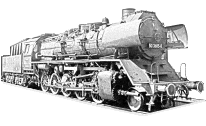Forthcoming steam weekends (2026): 18-19 April 2026; 13-14 June 2026; 13 September 2026; 19 September 2026; 10-11 October 2026
Opening hours at other times: from 04 April 2026 to 24 October 2026 every saturday from 10 am to 5 pm.
Further information is available here.
Opening hours at other times: from 04 April 2026 to 24 October 2026 every saturday from 10 am to 5 pm.
Further information is available here.
18-19 April 2026: Saisoneröffnung
News
28.11.2023: Germany's largest collection of railway bells
You're probably wondering what chimes have to do with the railway. Well, today we are going to provide an answer and it has a lot to do with Wolfgang List, the railway book author and home railway chronicler who died about a year ago and who had his home in Stendal.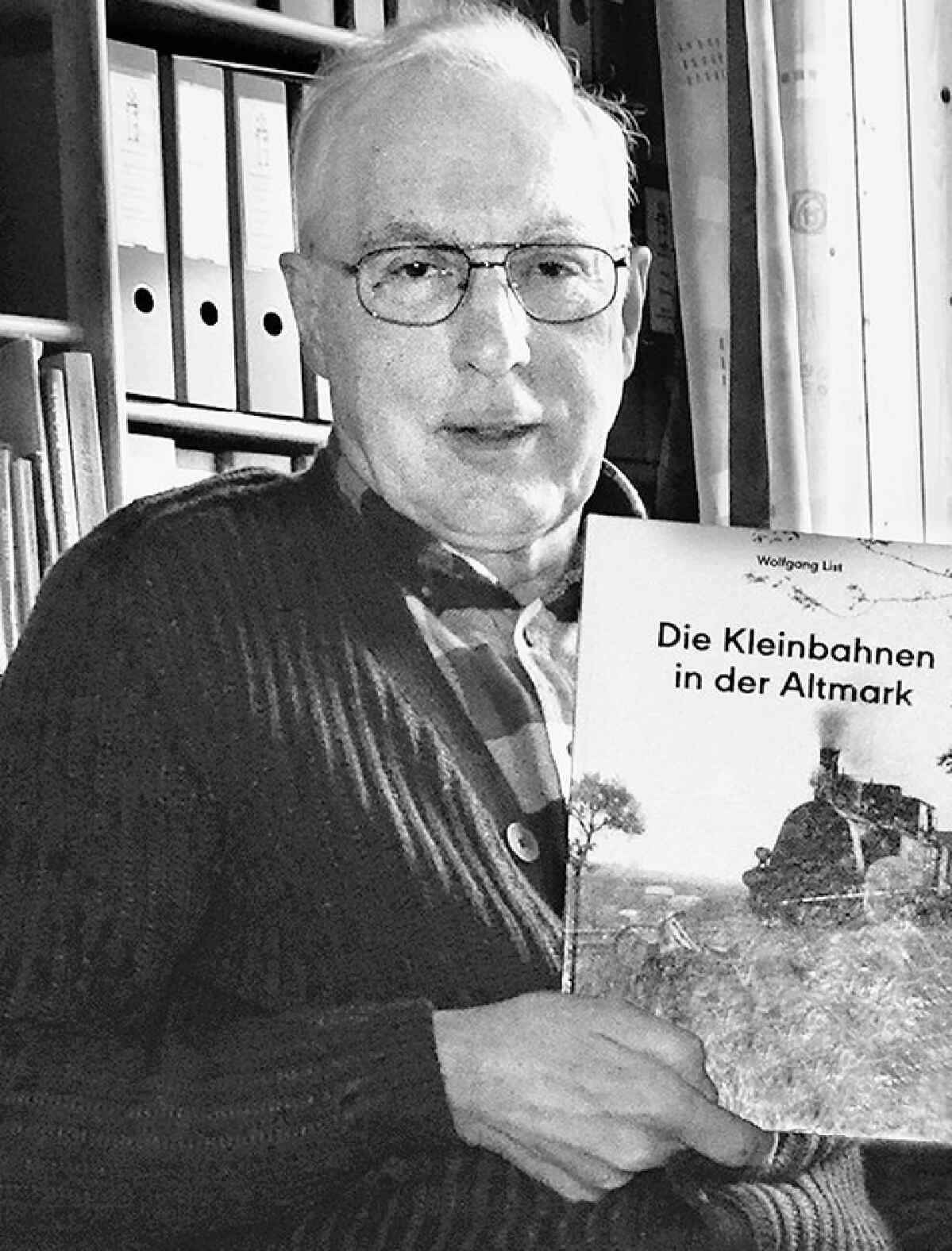
He began collecting railway chimes in 1984. These were devices for announcing trains from one railway station to another, i.e. from one station to the next and all barrier keepers and signal boxes in between. They all had to be informed when a train left the neighbouring station in their direction. And this was done by means of sound signals in the form of chimes.
How were these chimes generated? The station masters - today they would be called traffic controllers - of each station had an inductor crank in their office that generated electricity.
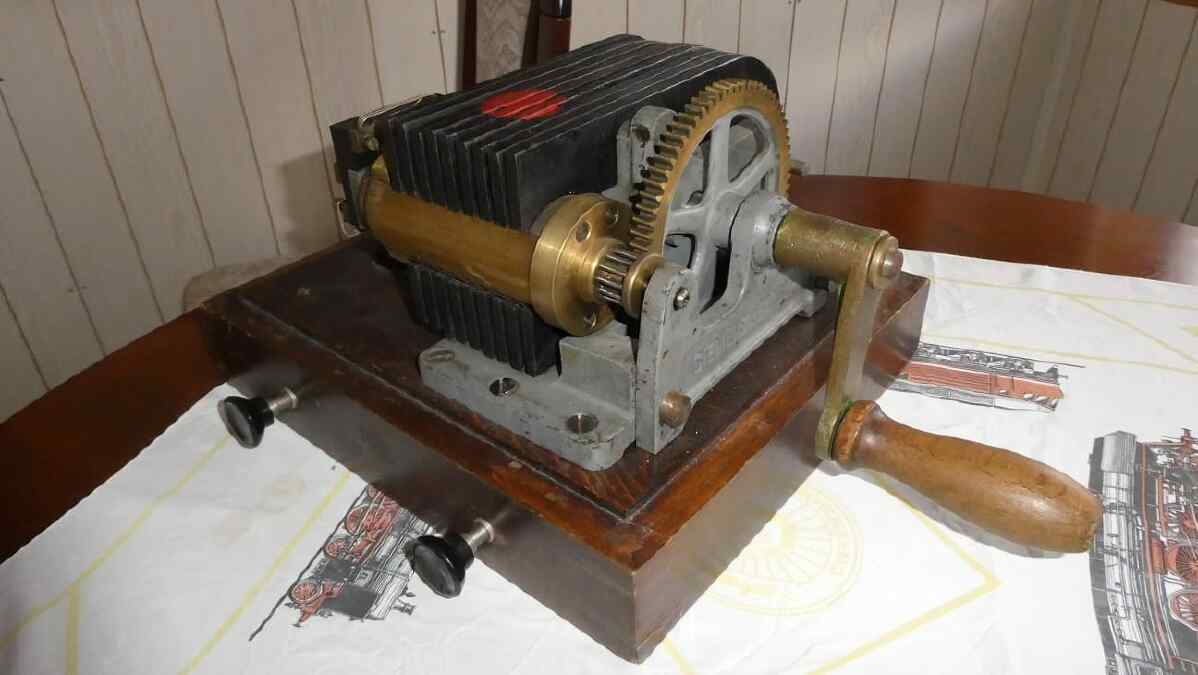
This current was fed via cables along the line via all the intermediate barrier keepers in between to the office of the next stationmaster.
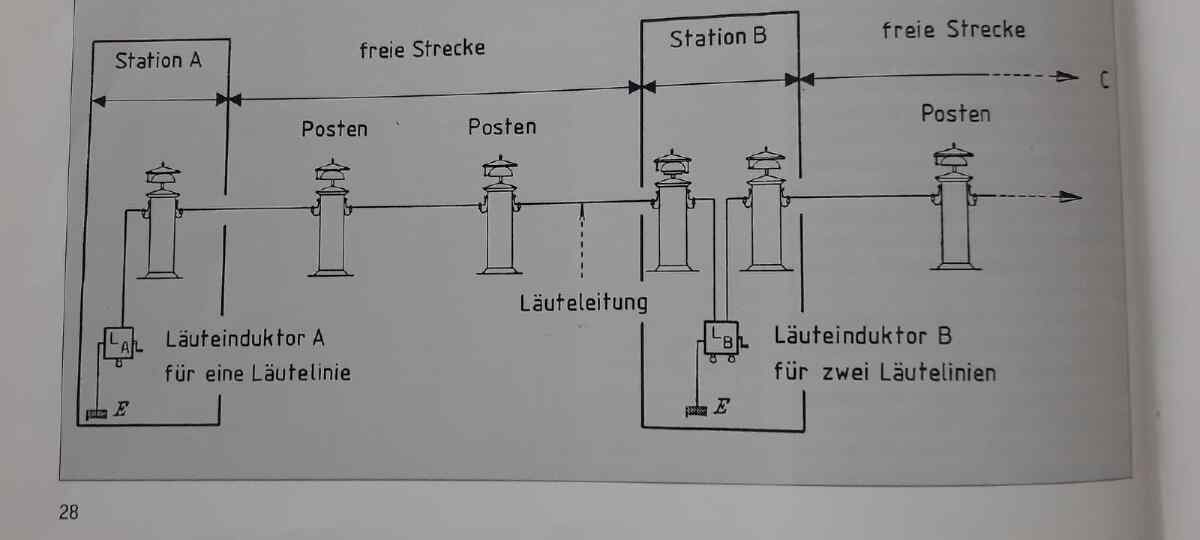
In these offices, there were chimes of different sizes that were triggered by the electricity. The current caused a lock in the chimes to be released and a kind of clockwork mechanism to be activated, reminiscent of a grandfather clock in our grandparents' parlour.
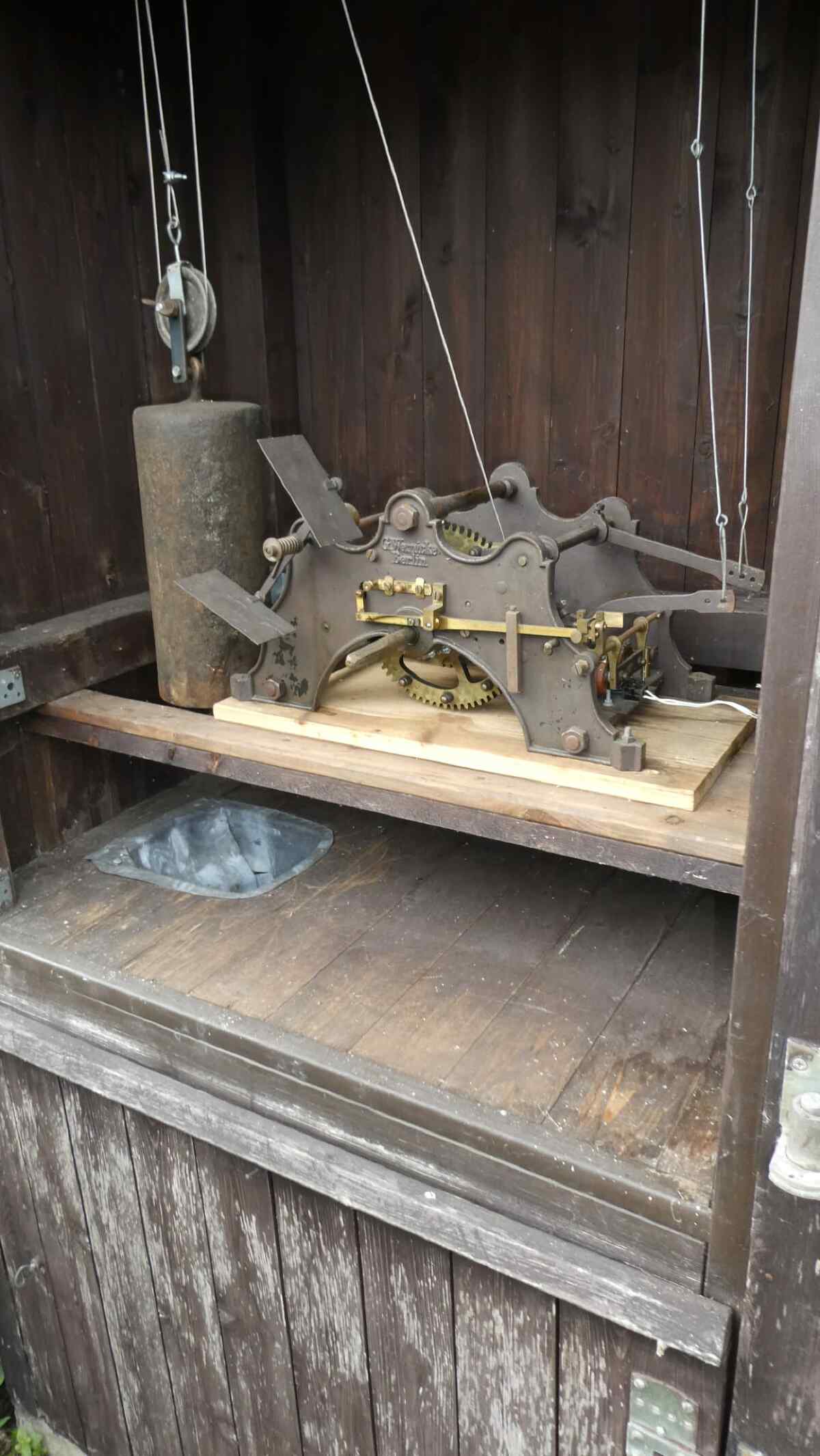
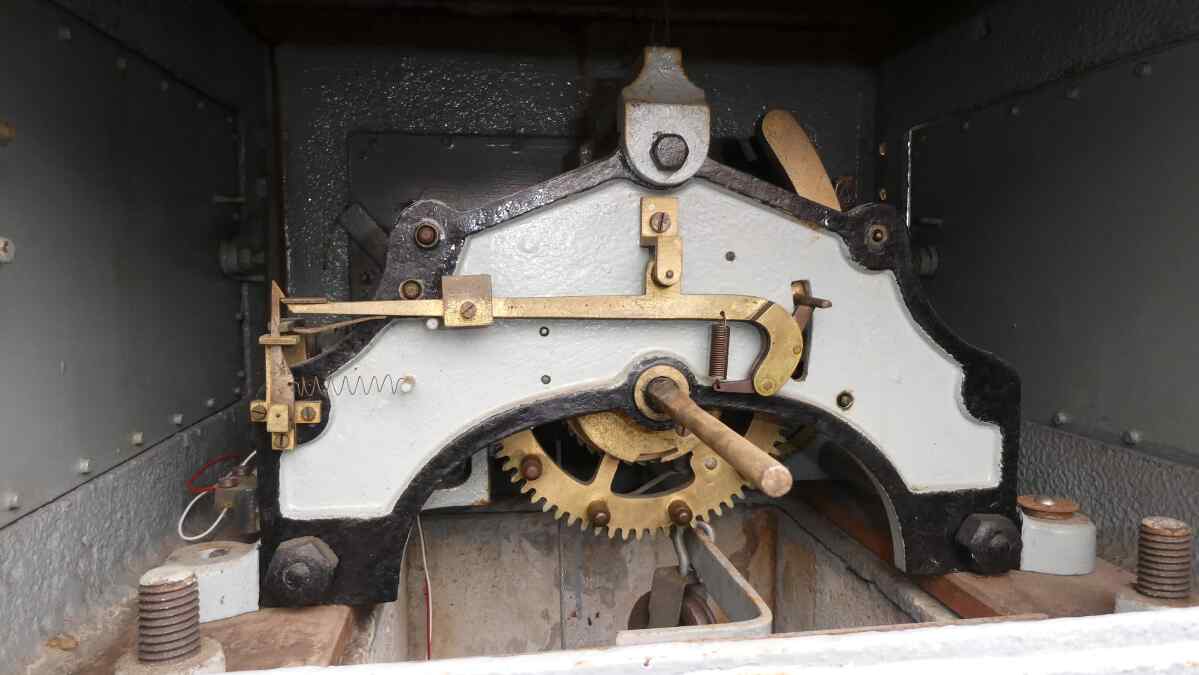
The clockwork mechanism was used to strike the bells on the ringing mechanism several times, e.g. six times in succession. To ensure that the bells always worked, they had to be serviced regularly and their clockworks wound up. This task was the responsibility of line marshals/line keepers on all railway lines.
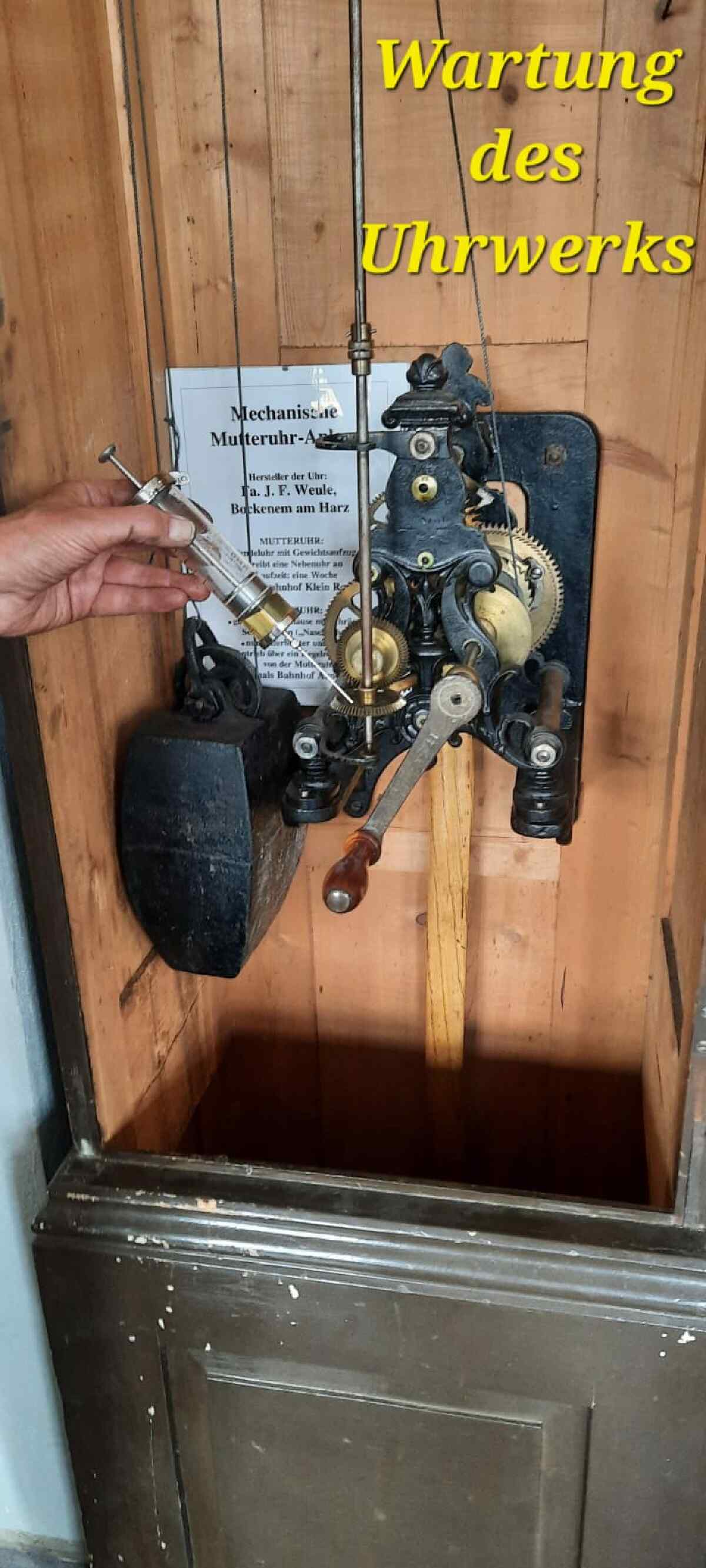
The chiming of the bells signalled that a train was on the line and that its approach was imminent. The barrier keepers then had to get ready to shut the barriers and at the next station everything had to be prepared for the train to enter, e.g. the points had to be set to the correct track. It is estimated that there were tens of thousands of different types of bells on the German railways. This type of train announcement was used from 1846 and ended in the late 1950s when more modern telecommunications technology took over the task.
The chimes were available in different designs and sizes. If a ringing signal was to be generated in an office, a small version that hung on the wall or stood on the stationmaster's desk was sufficient.
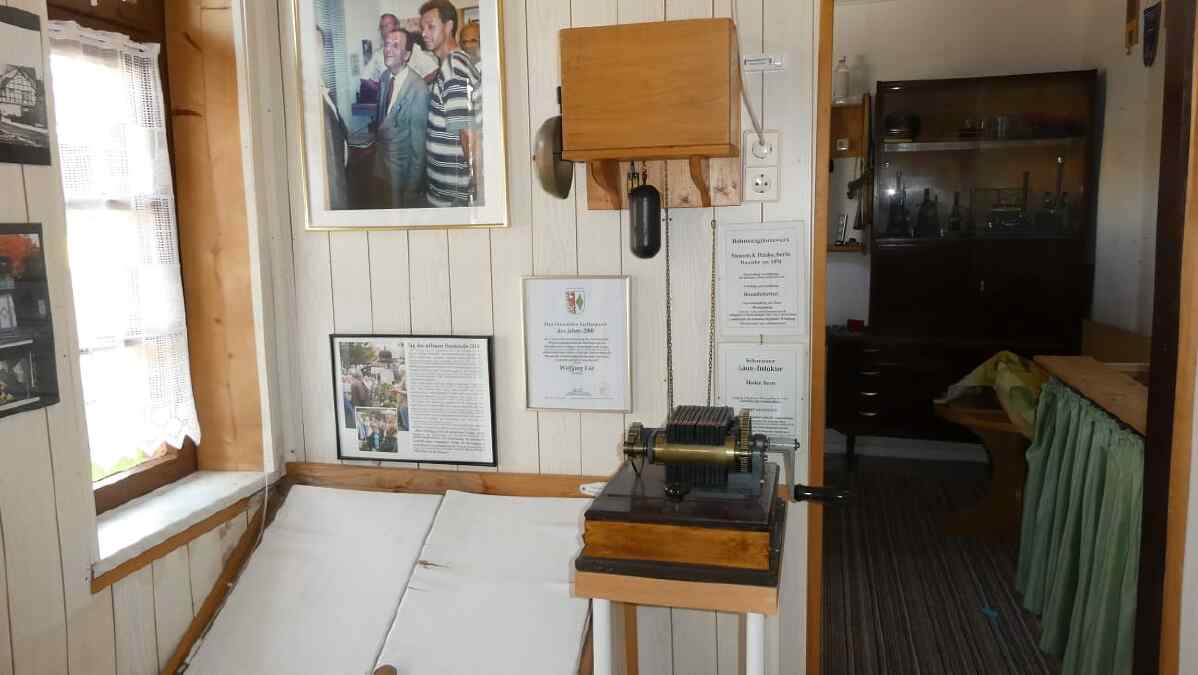
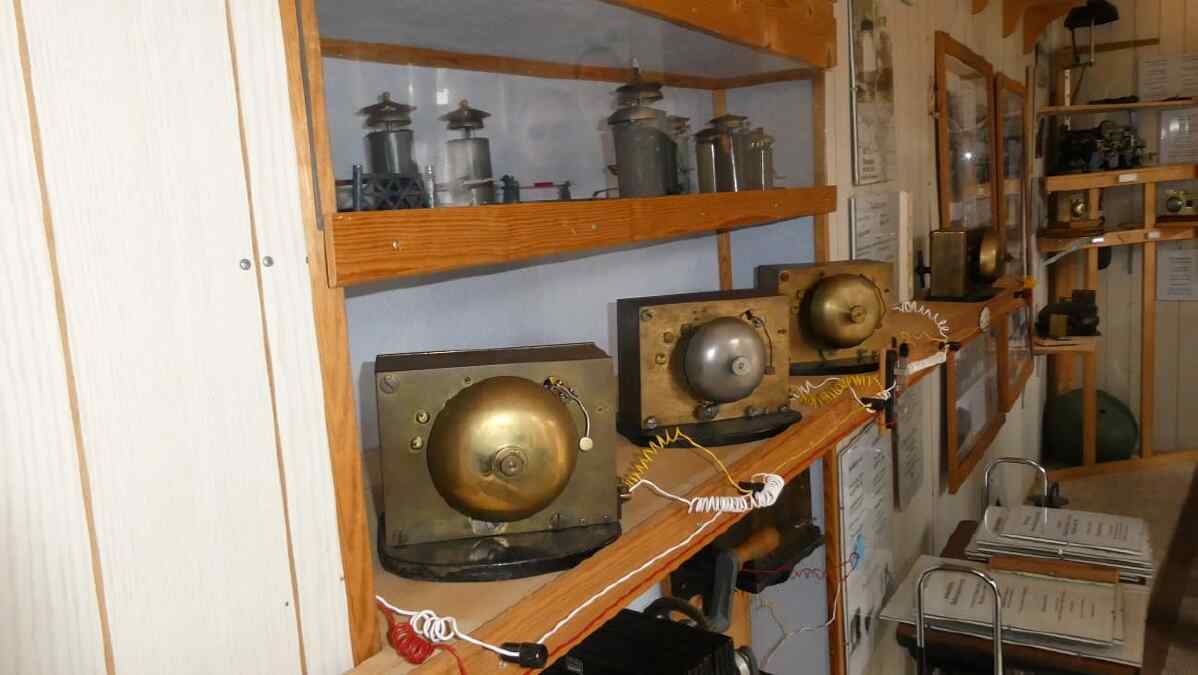
However, to ensure that the bell signal could be heard over long distances, the large ringing stations had bells of different sizes. Some were mounted on outside walls or on roofs.
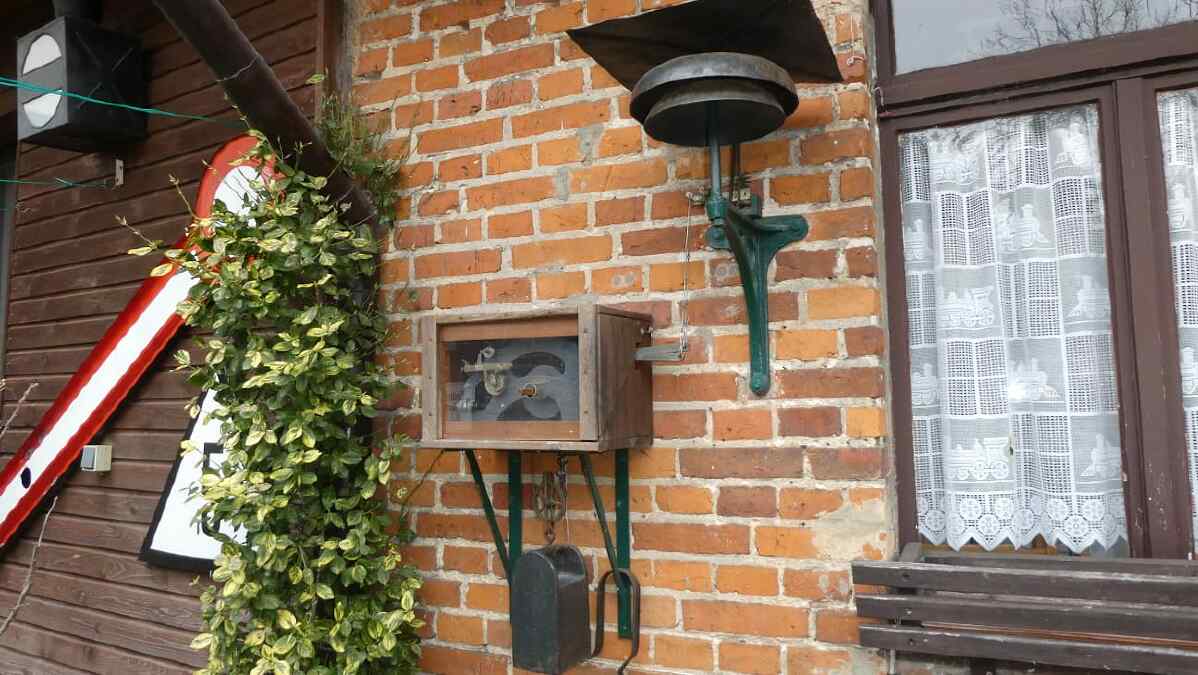
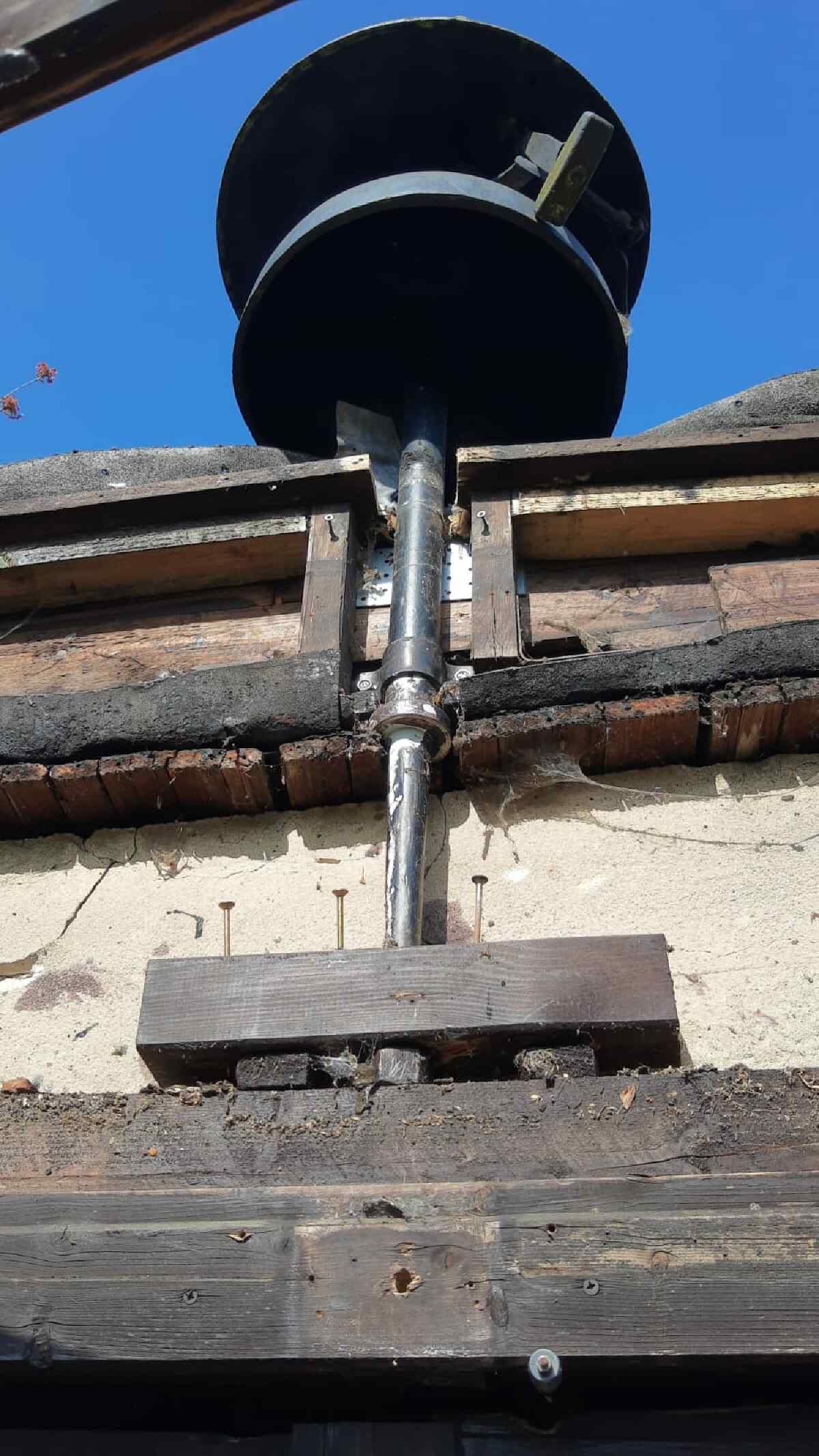
Or they were mounted on equipment houses specially made for the ringing stations, which could be the size of a telephone box. Again, there were different designs made of wood or metal, depending on the manufacturer and railway company that used them.
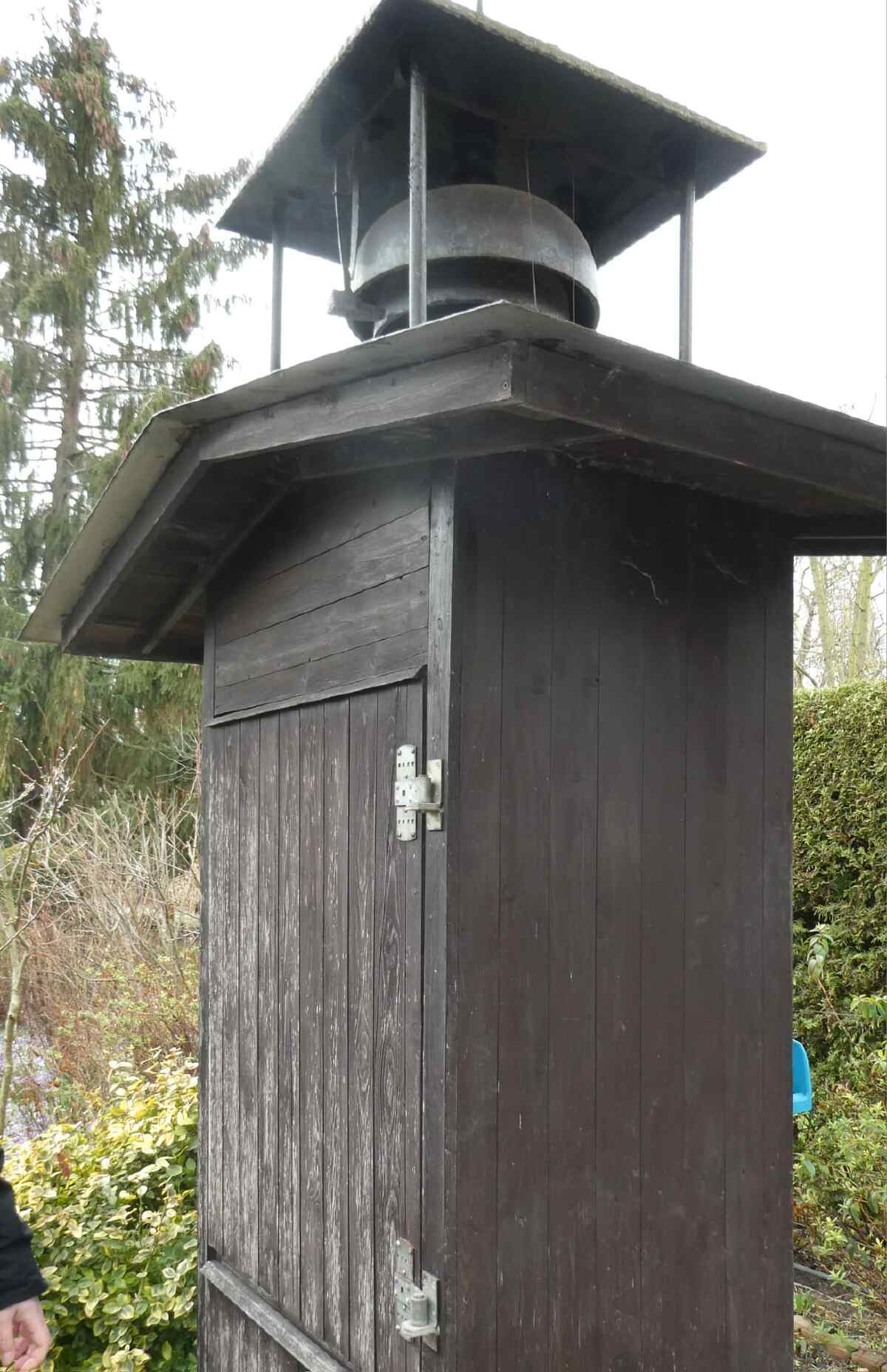
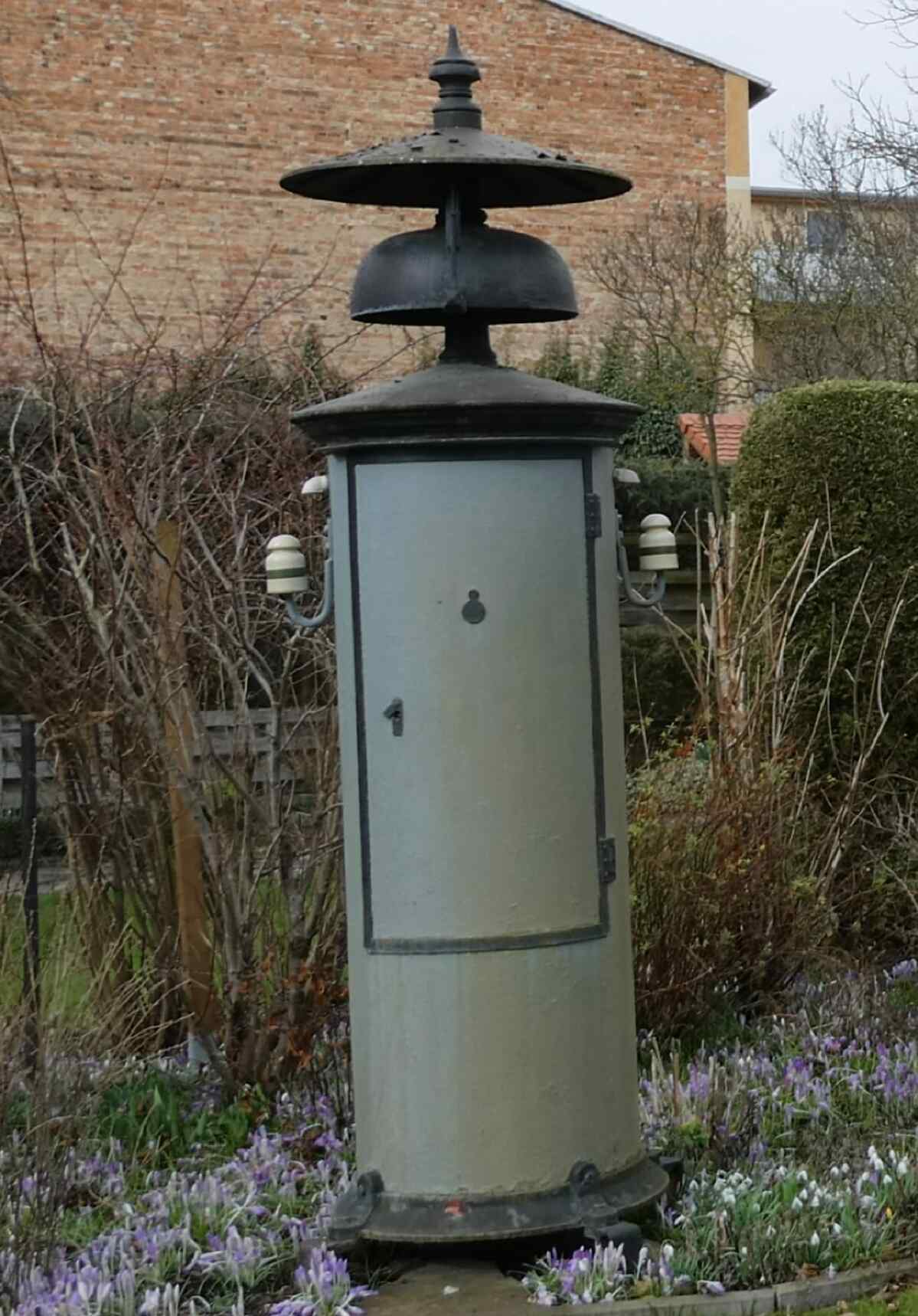
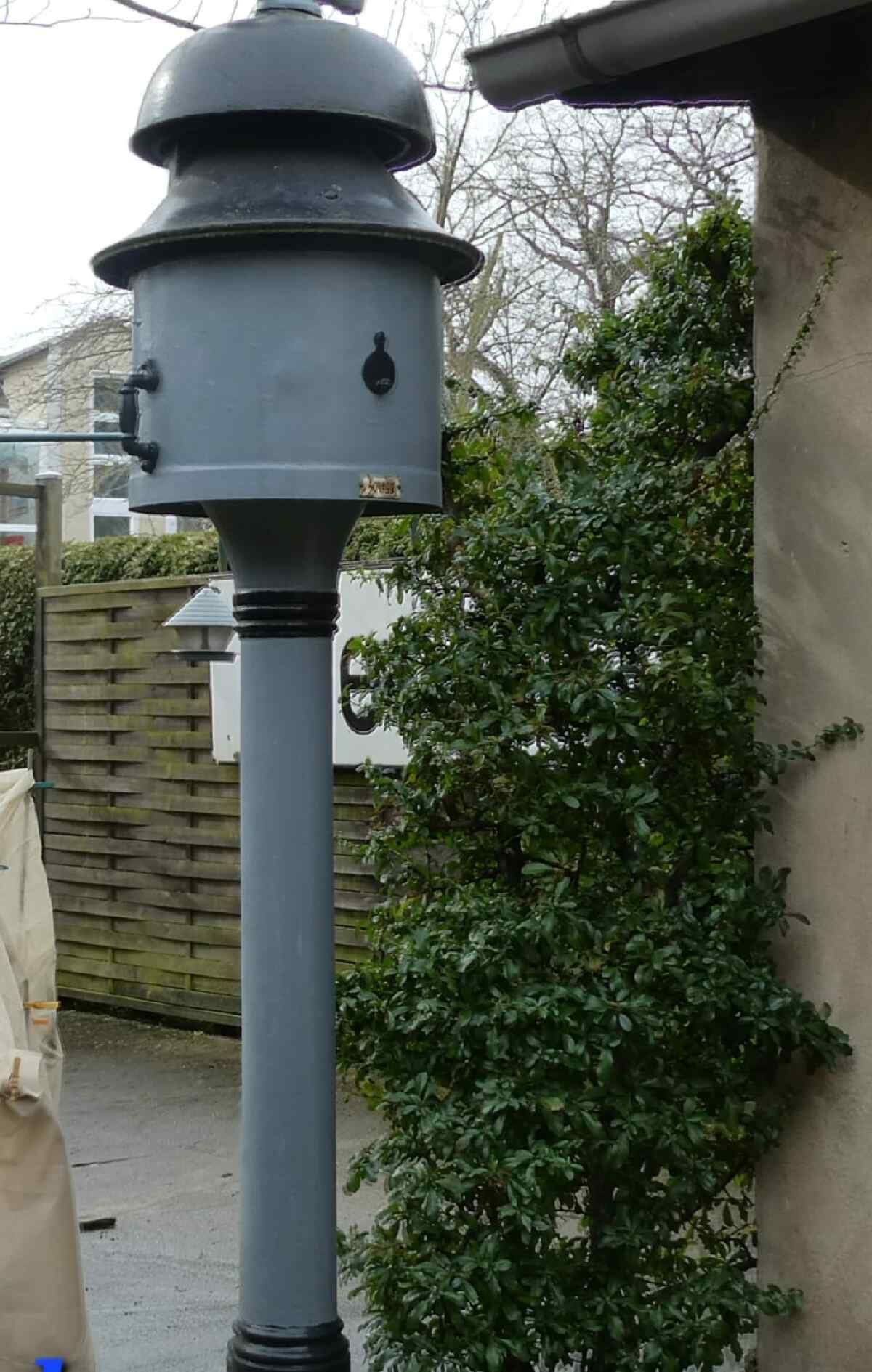
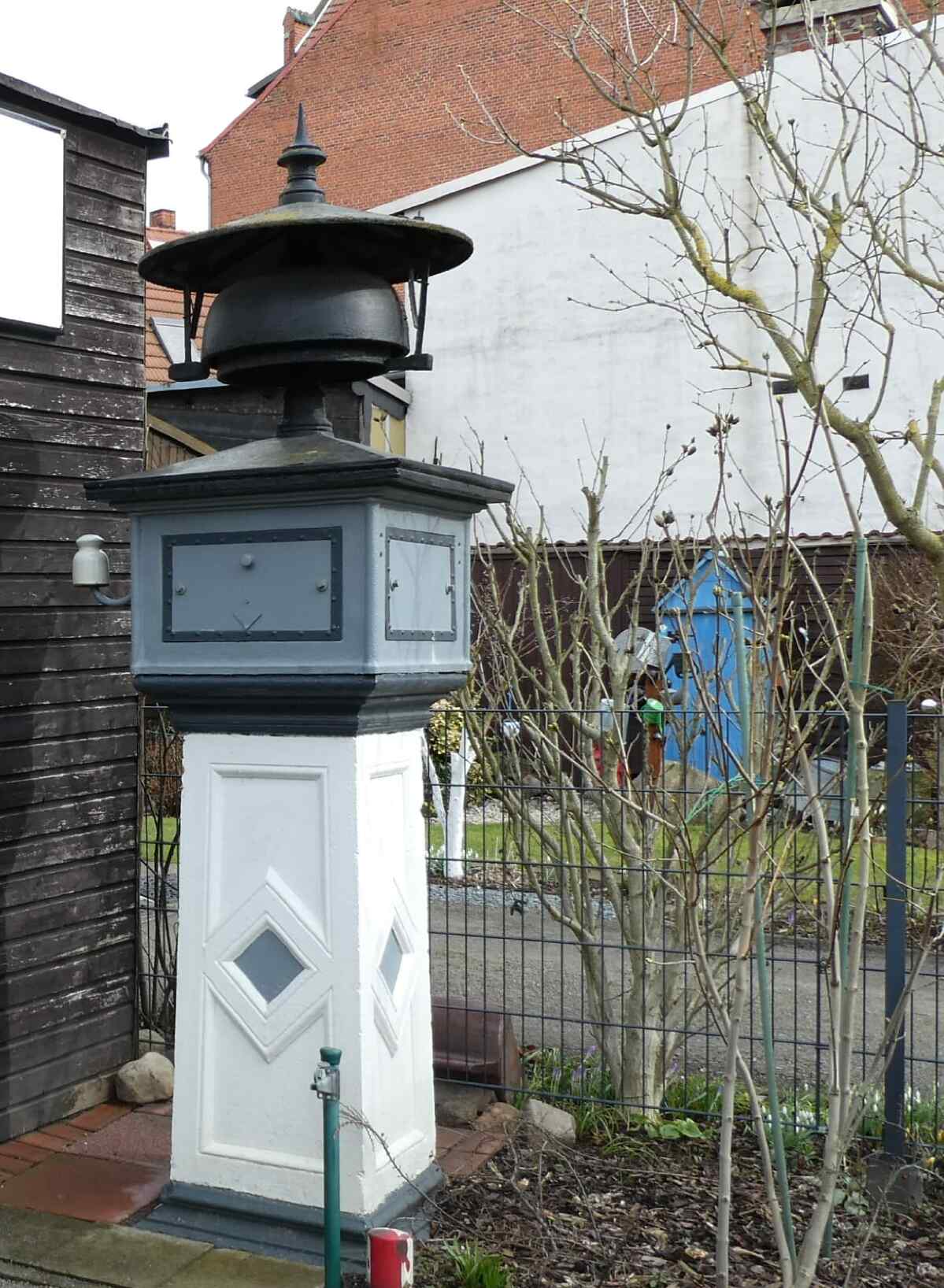
Wolfgang List had built up his collection over 40 years and had installed a number of devices in his garden and garden building and restored them to working order. The control centre and storage location for smaller items was located in a small, specially dedicated building, affectionately known as Post 93.
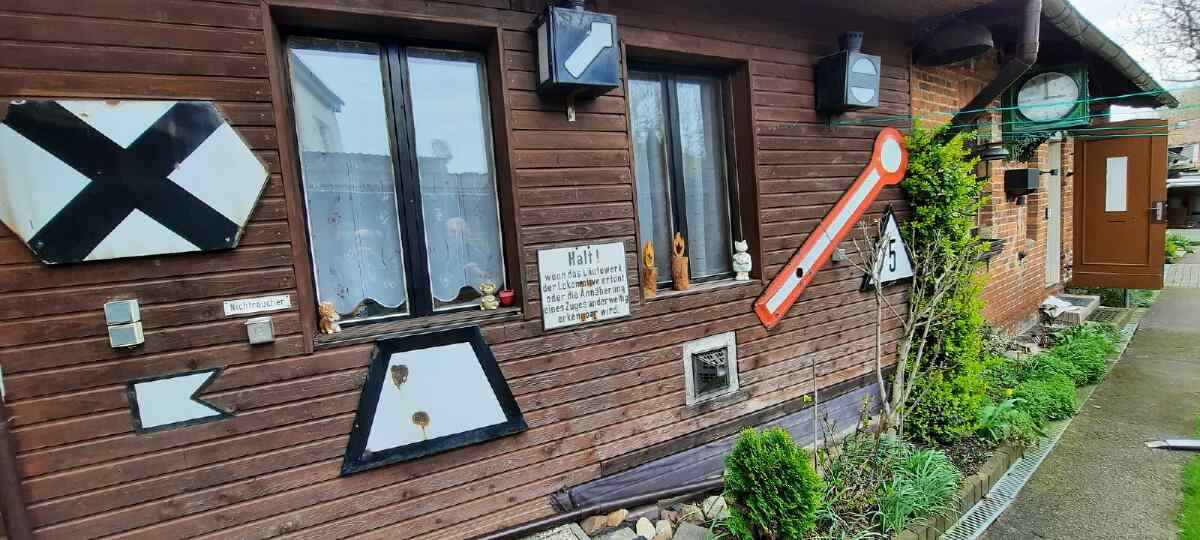
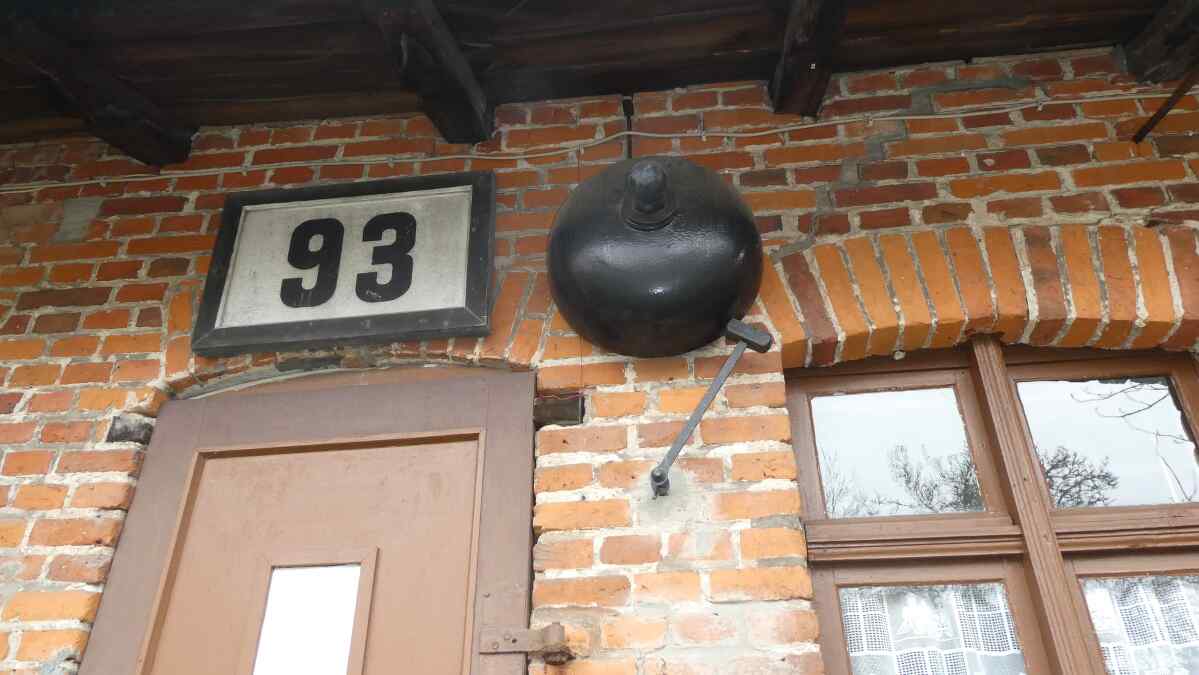
Unfortunately, the List family's estate had to be given up and sold after his death, making the collection obsolete. We got in touch with the family in March 2023 and it soon became clear that the collection should be preserved and exhibited in Wittenberge. We would like to express our sincere thanks for this and will thus create a memorial to Wolfgang List.
During the summer of 2023, the exhibits were carefully dismantled and transported to Wittenberge by car, trailer and lorry.
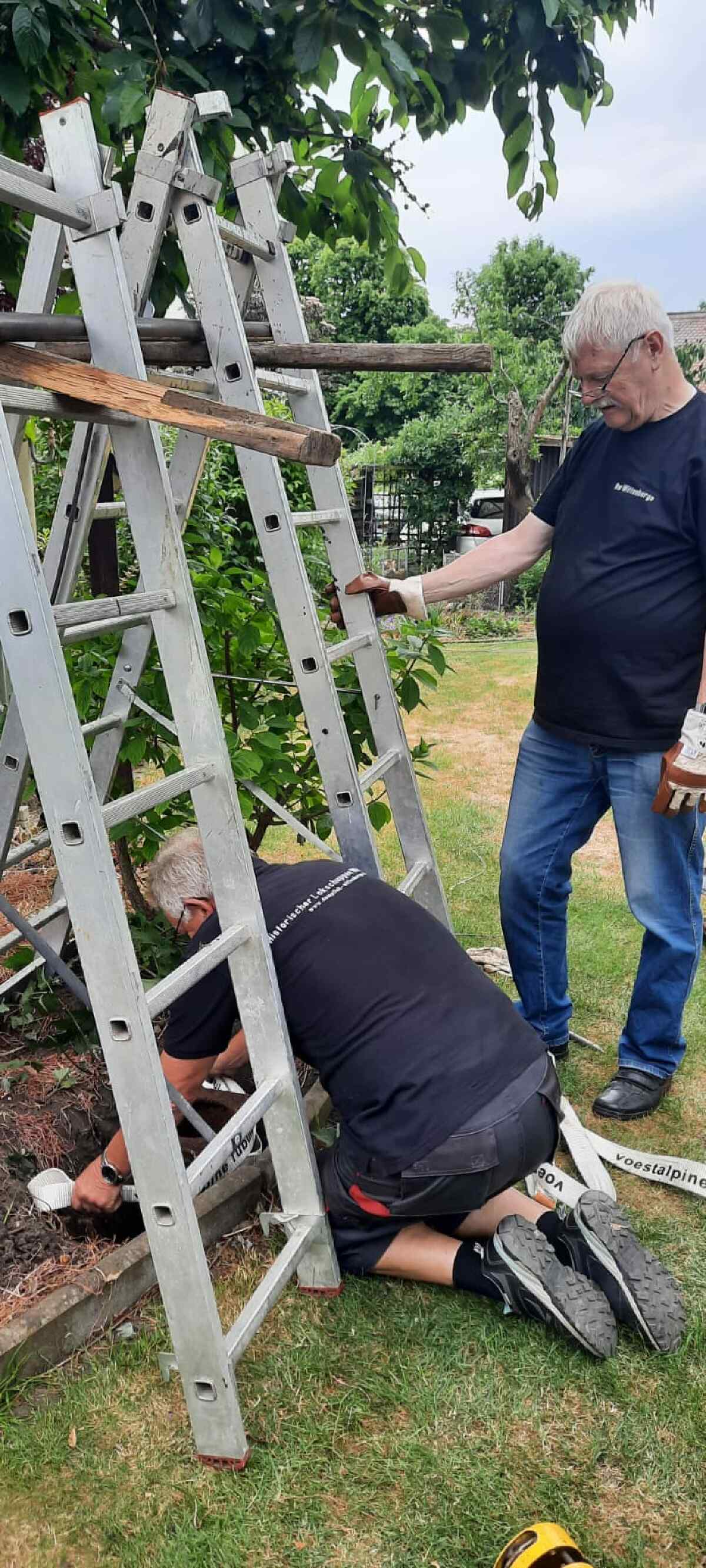
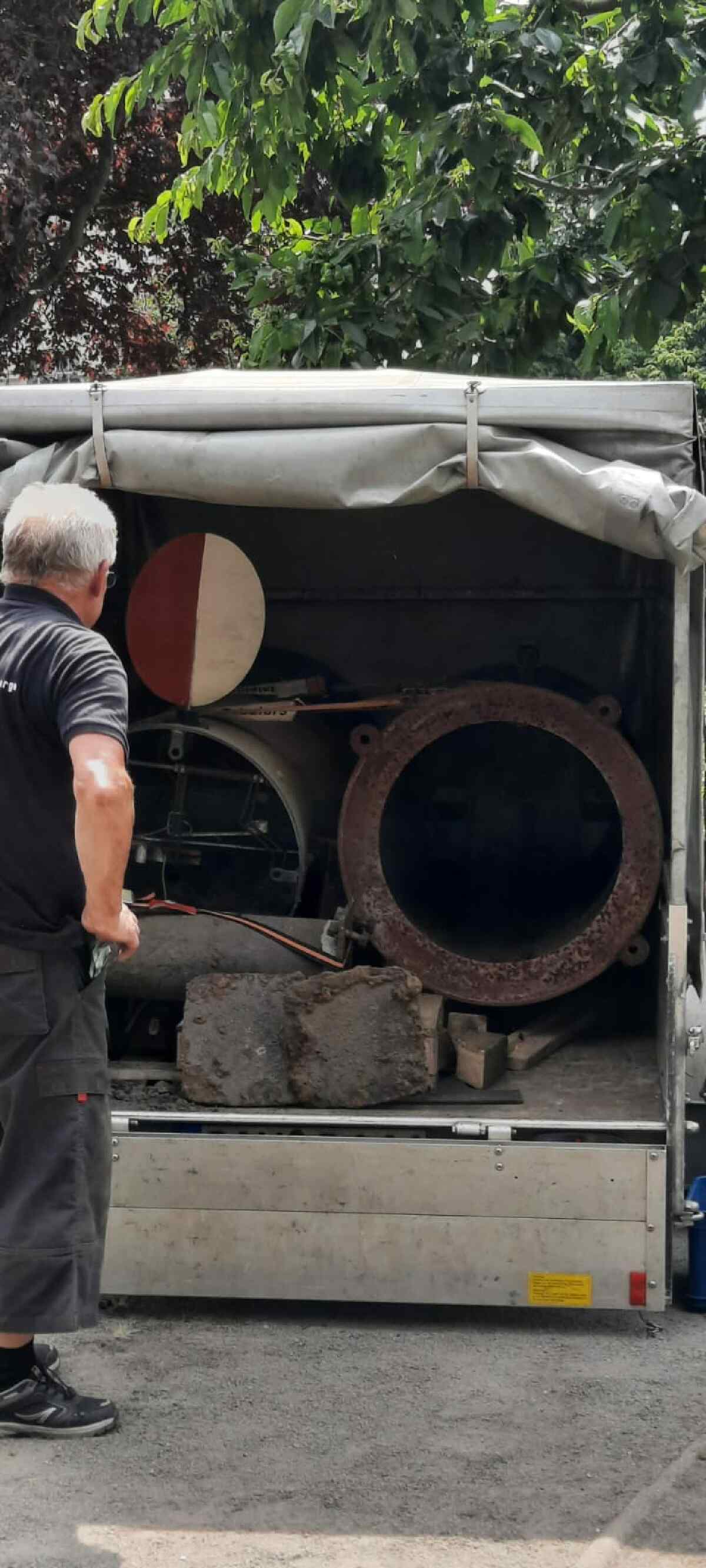
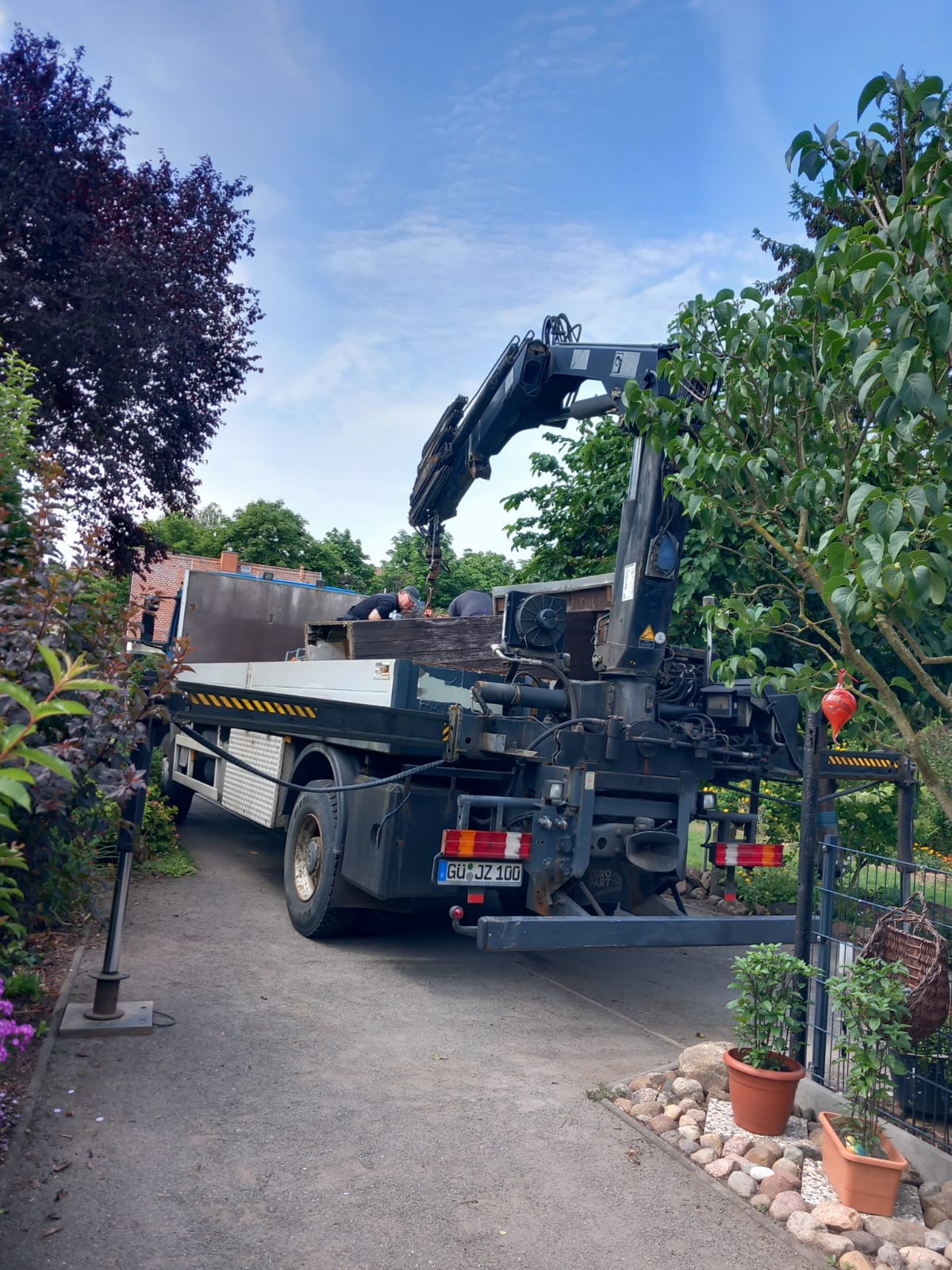
In Wittenberge, the large exhibits, which are intended for outdoor use, have now been set up on the site of the so-called Kohlenhof. Appropriate foundations were poured and the equipment mounted on them.
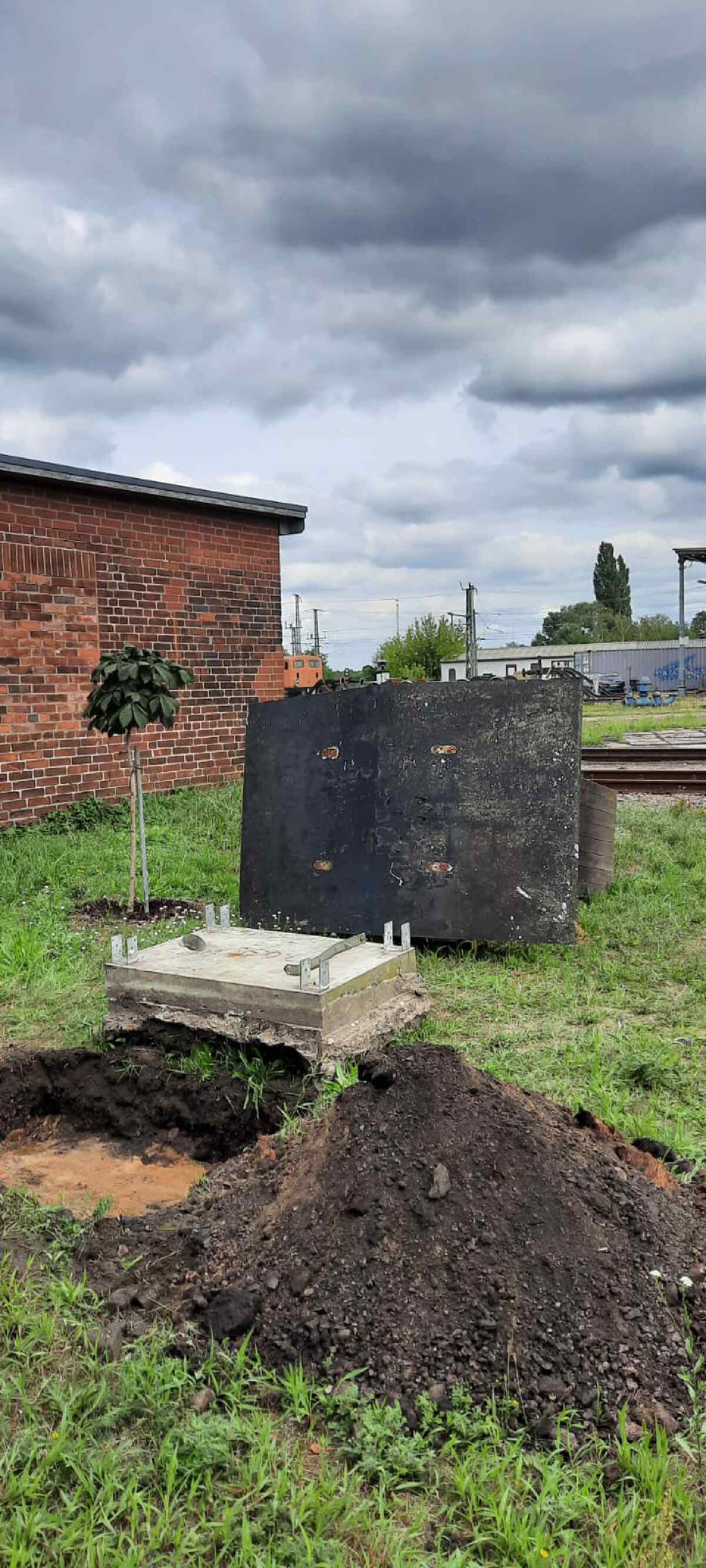
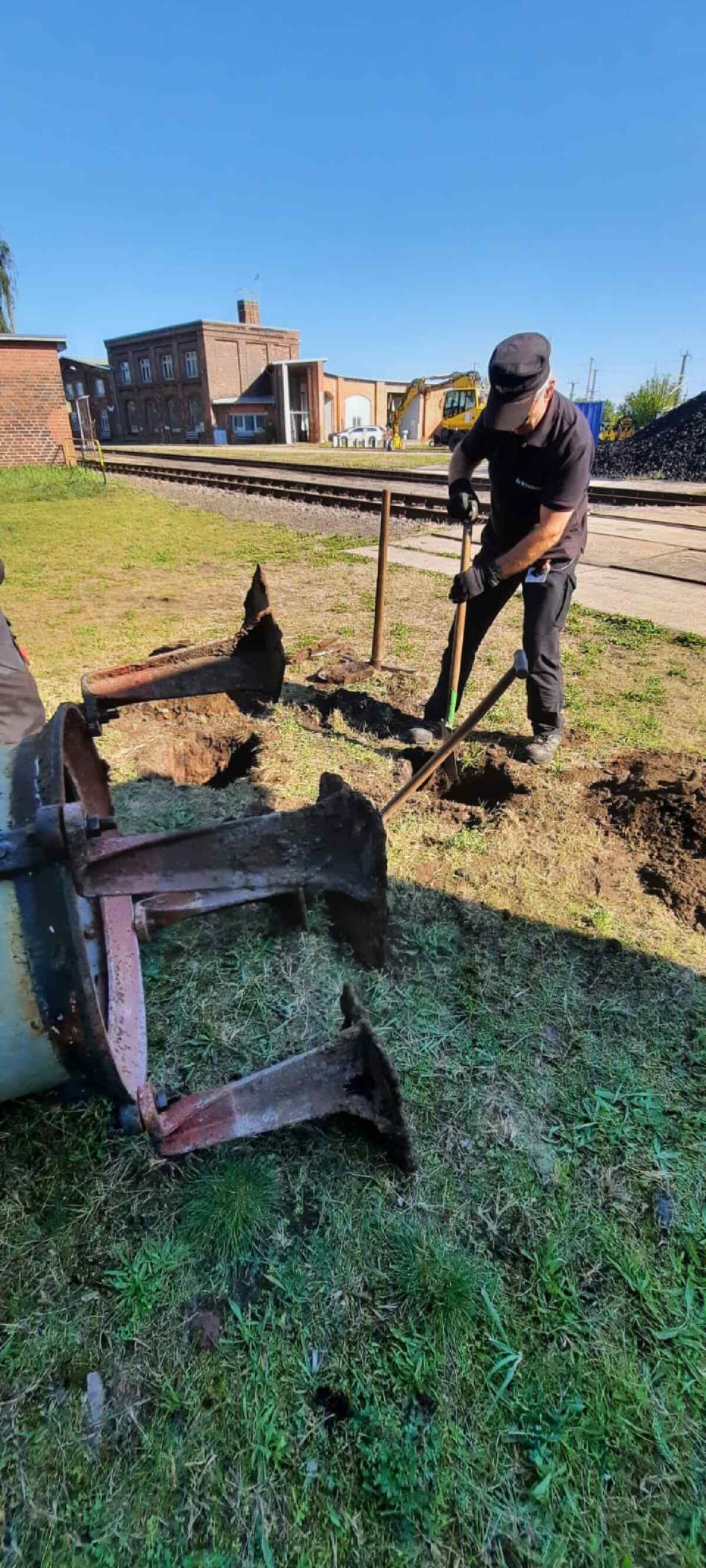
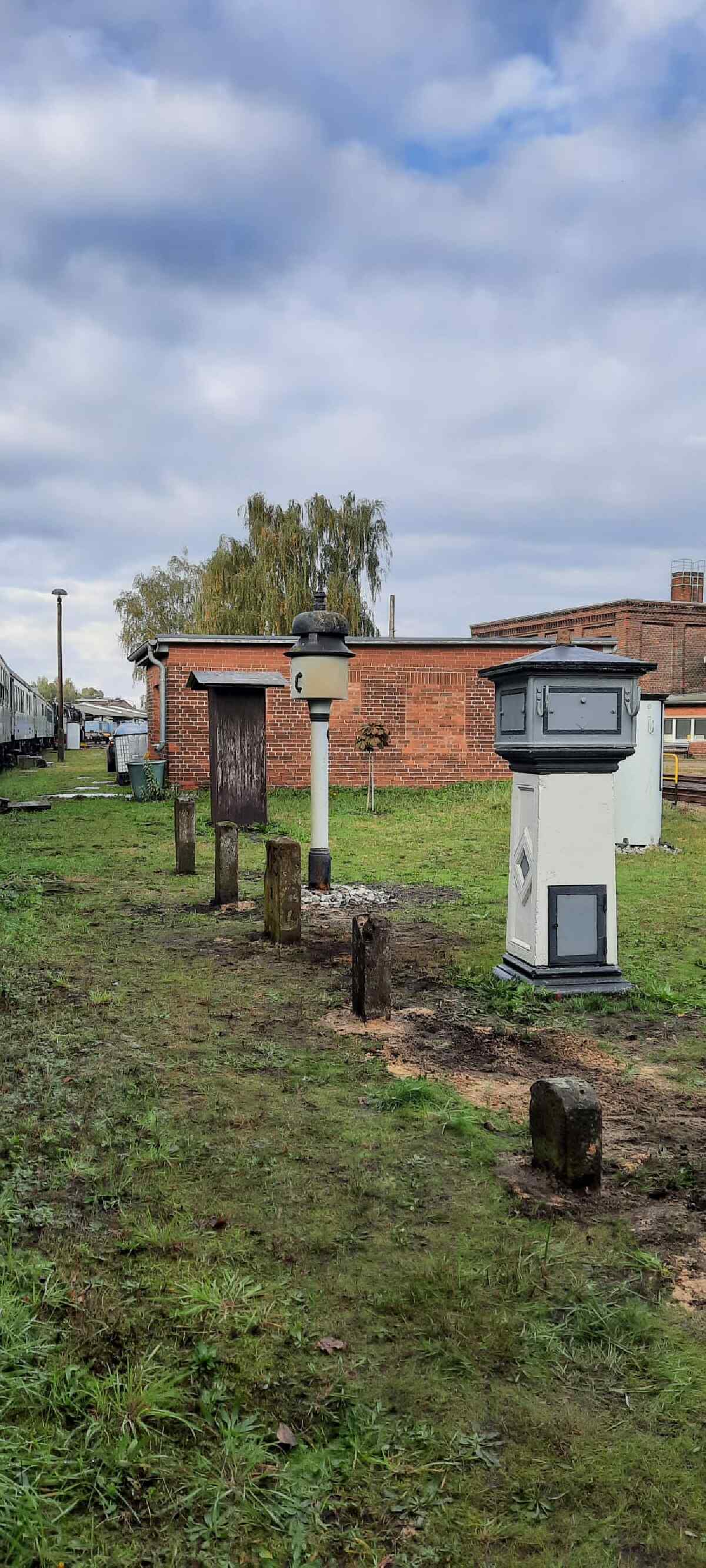
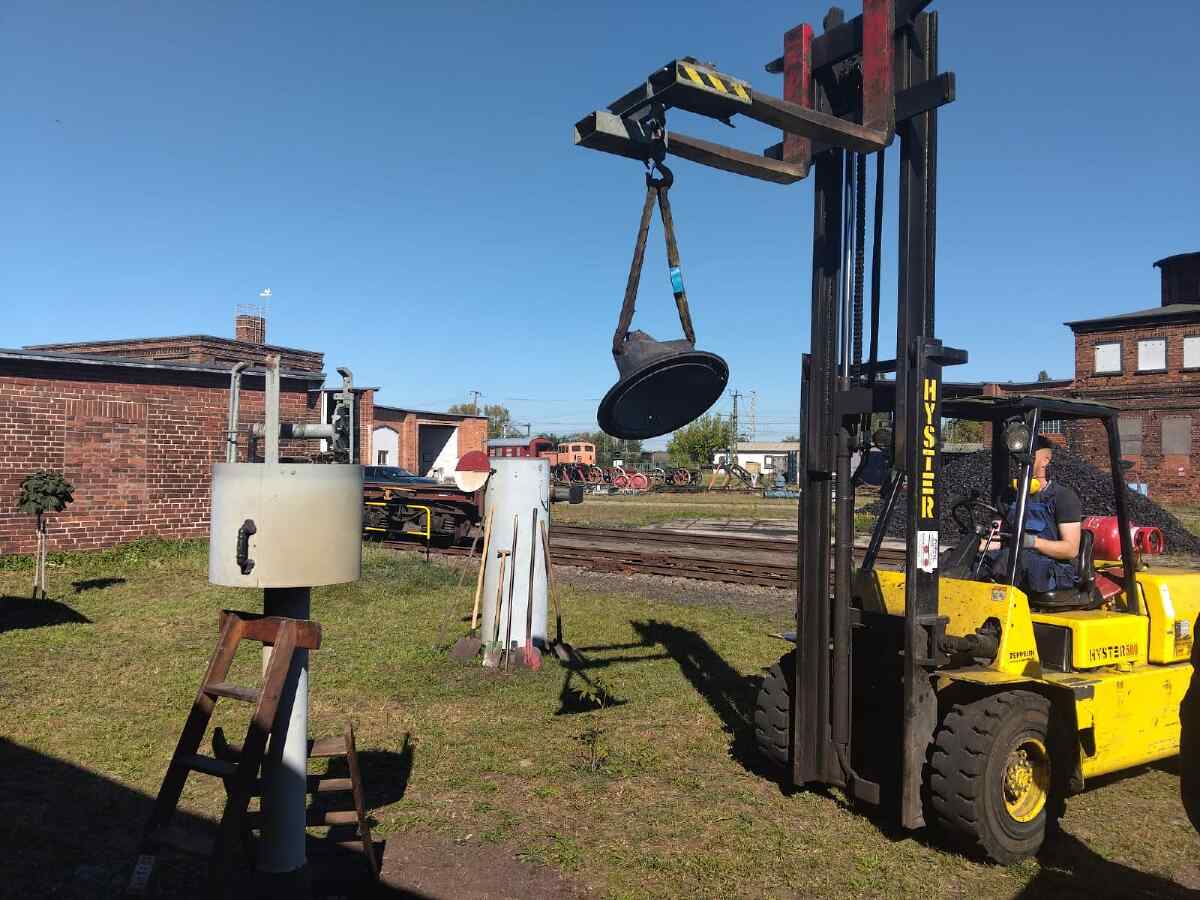
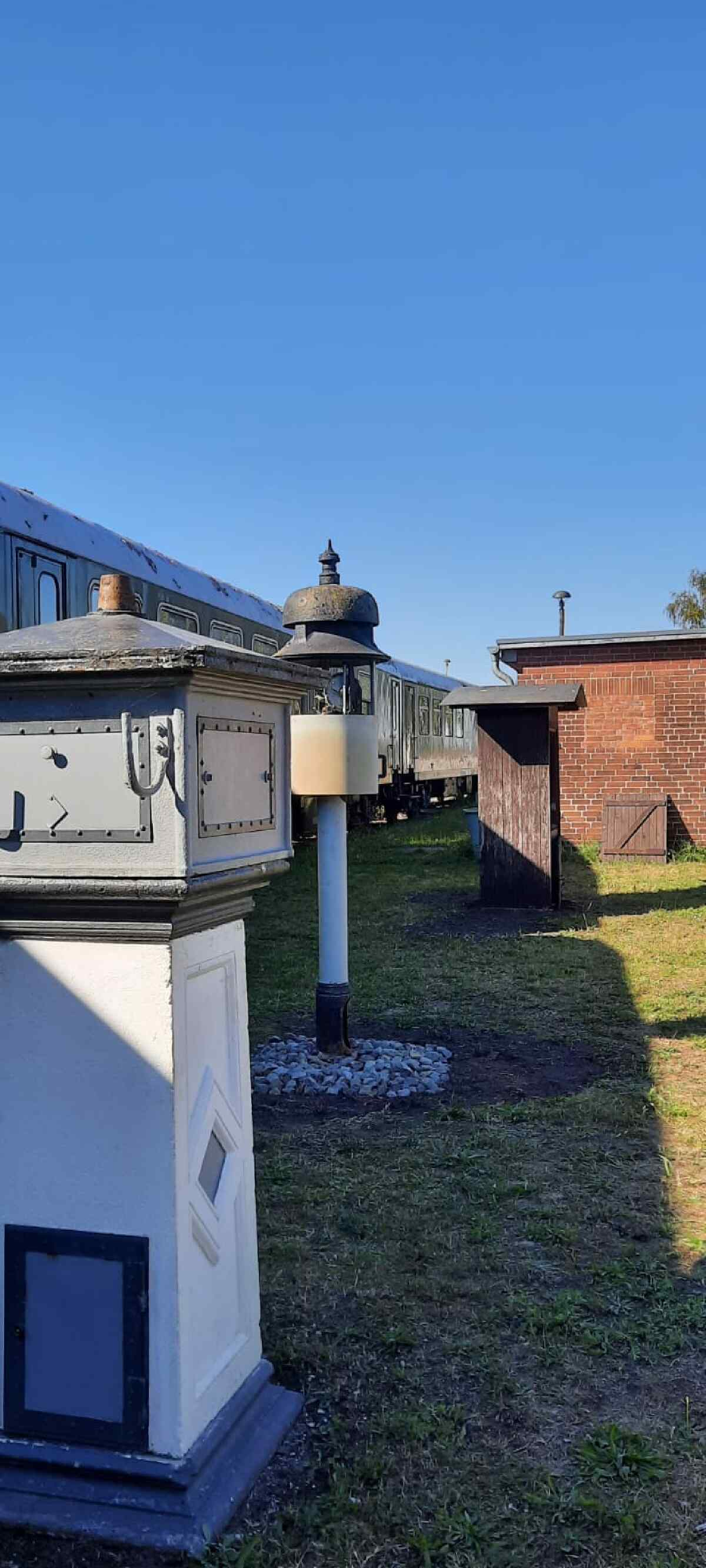
The "small parts" and the rest of Wolfgang List's collection, which also includes extensive documentation, will soon be housed in our new exhibition room in the southern gable building of the locomotive shed.
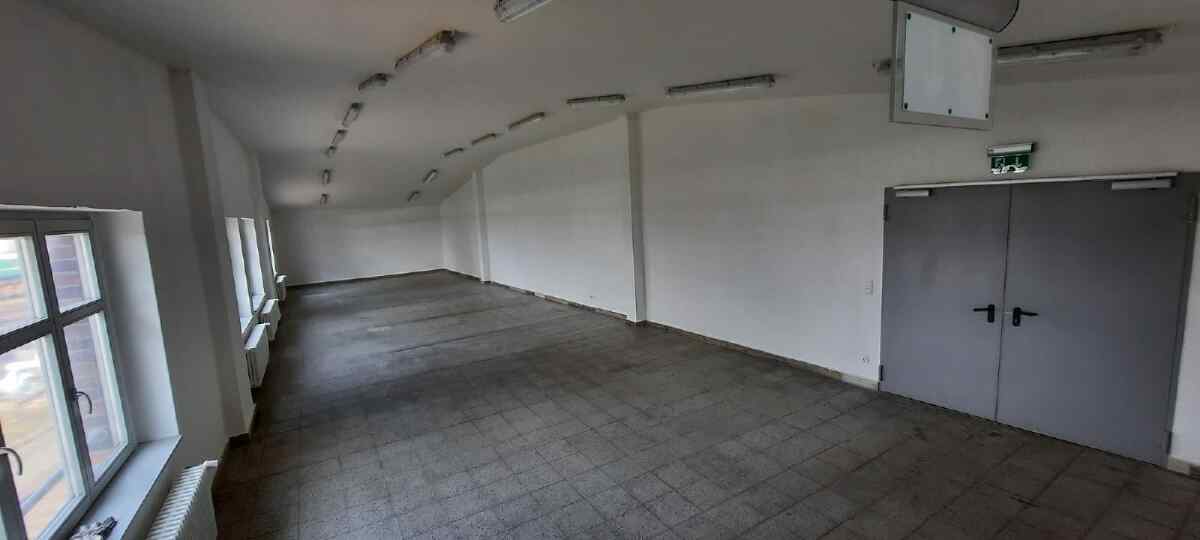
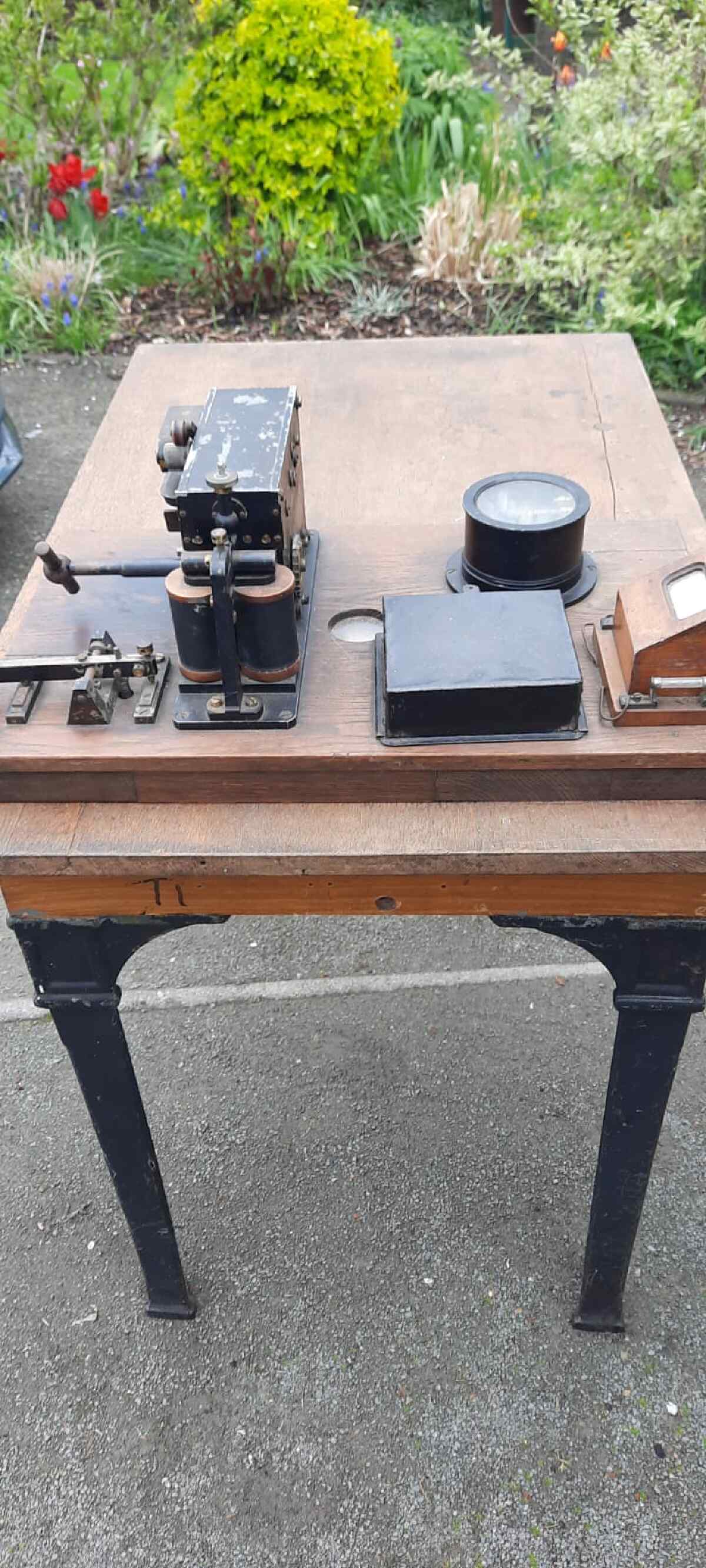
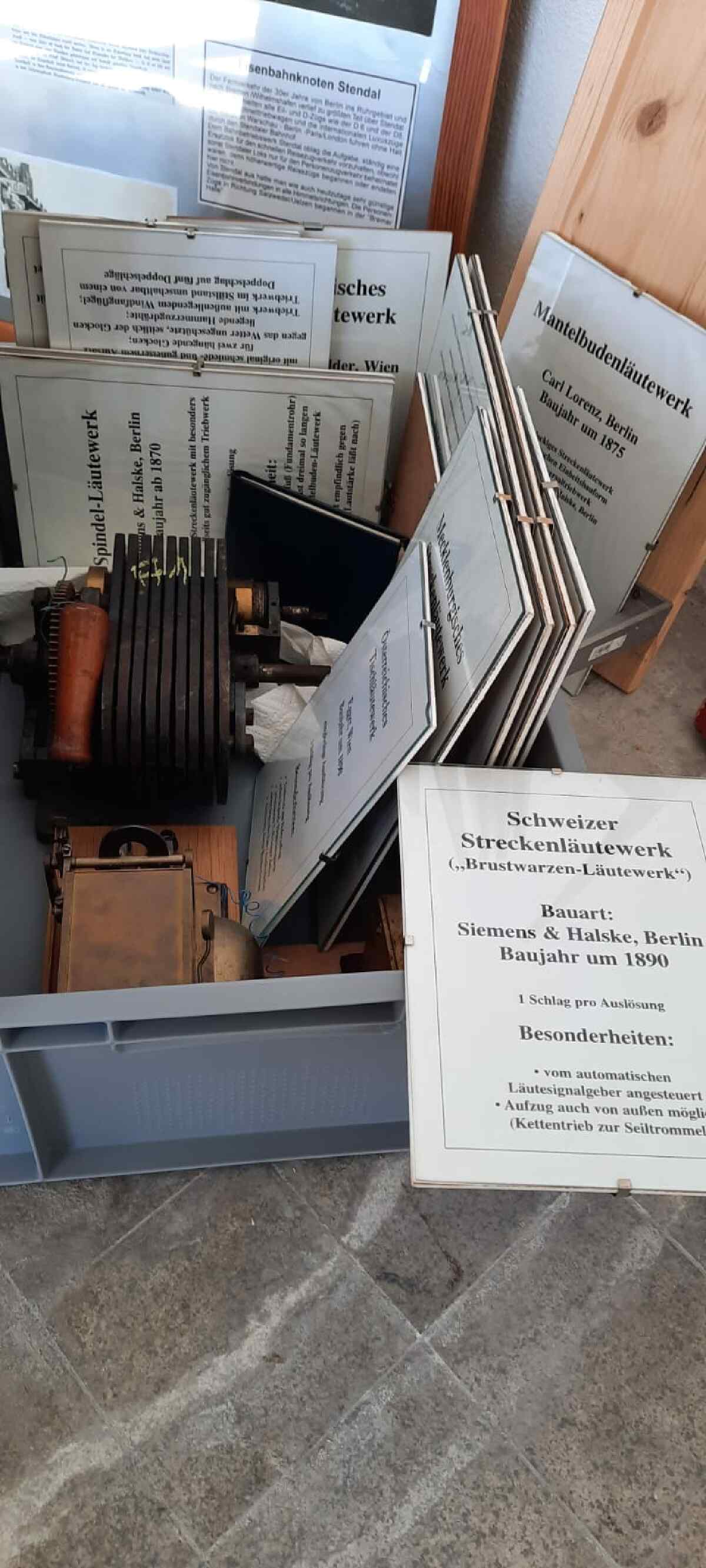
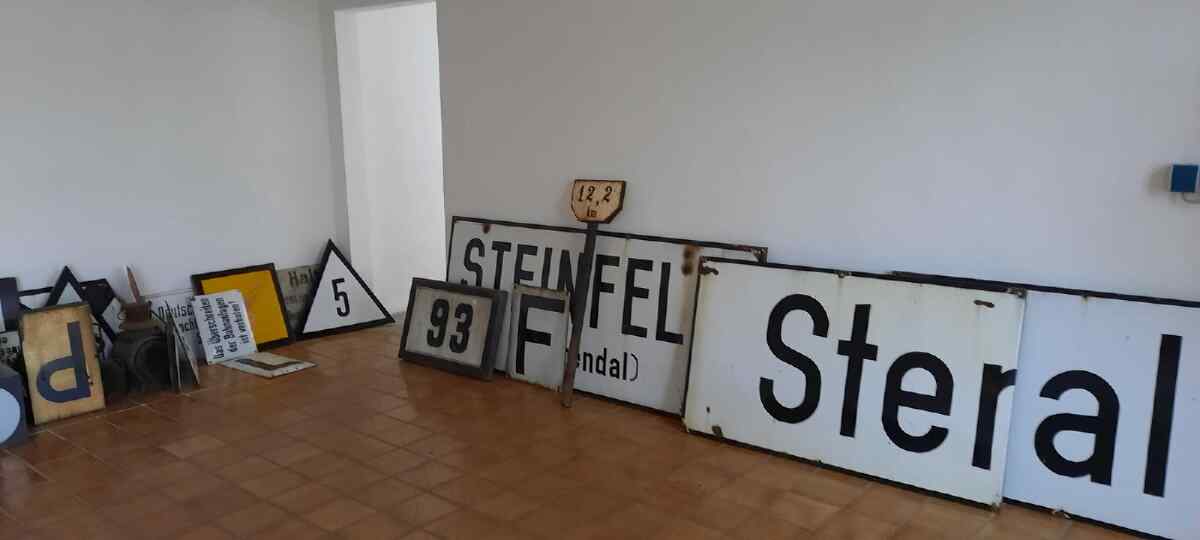
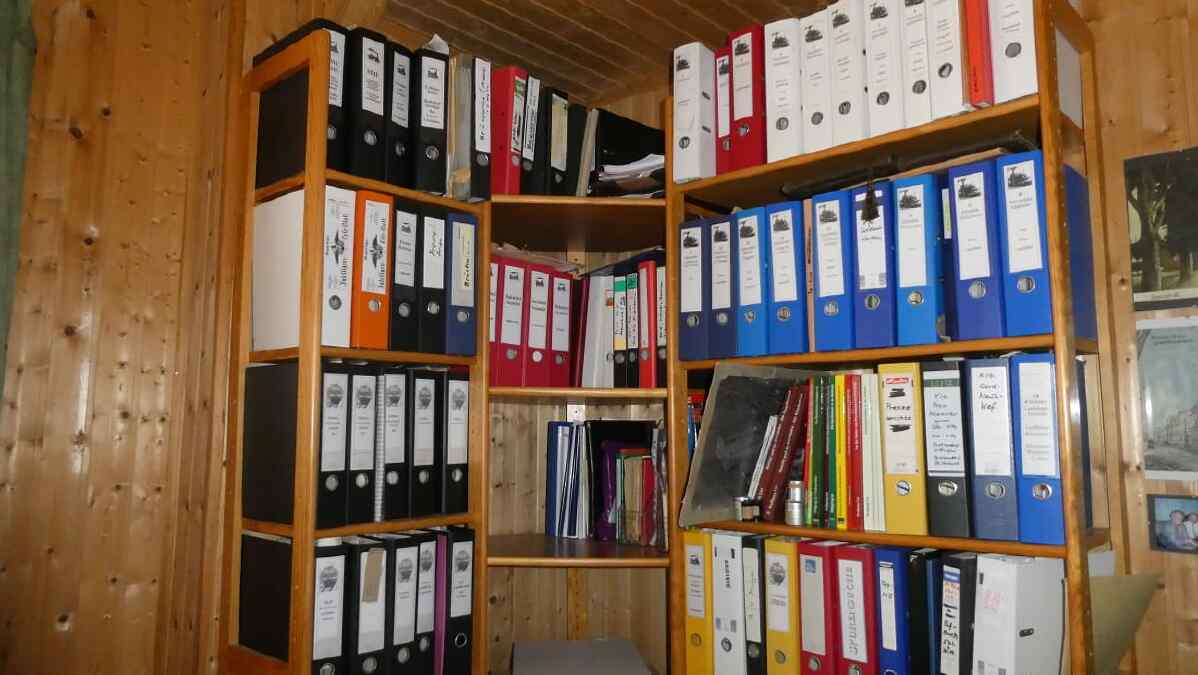
We will be installing the display cases donated by the German Museum of Technology in Berlin in the exhibition room. However, they still have to be set up and furnished. We will report on the progress.
If you are interested in getting involved, please get in touch with the Executive Board (info@dampflok-wittenberge.de). It is a very interesting task that requires sensitivity and intellect. Not only do the exhibits have to be set up, but the exhibition also has to be organised in such a way that future visitors understand what it is all about. This certainly requires some research, a few pedagogical skills and a bit of imagination to design appropriate display boards and labelling. Would you like to join the team? We would be delighted.
Of course, there are also costs involved, which we have to cover somehow. You can help here too. Especially at Christmas time, it is common for charitable organisations to ask for donations and we are no exception. As you know, donations are one of the few things on earth that make you happy, but not fat. Please feel free to contact our Board of Directors. Thank you very much in advance!
Dampflokfreunde Salzwedel e.V. Am Bahnhof 6, 19322 Wittenberge
